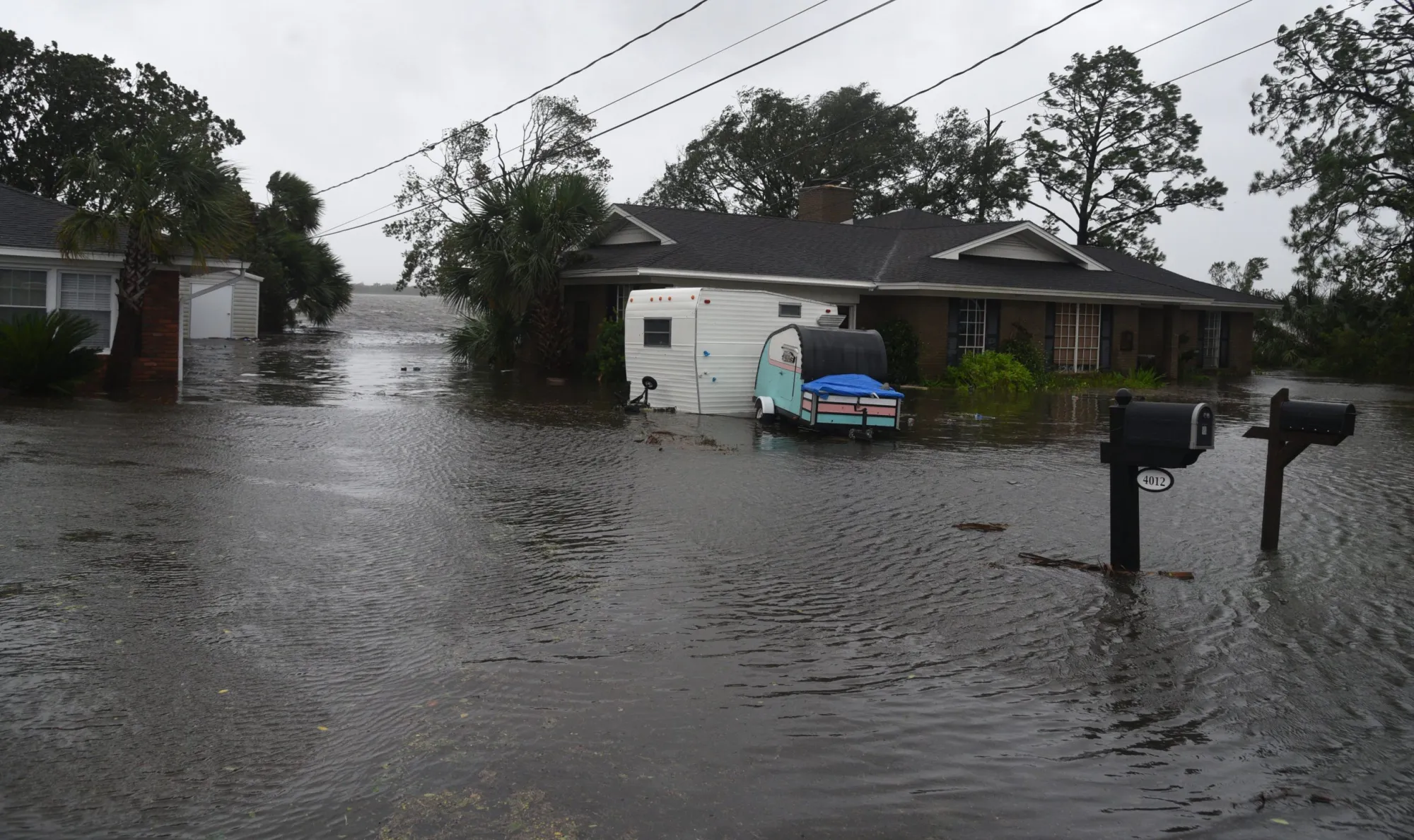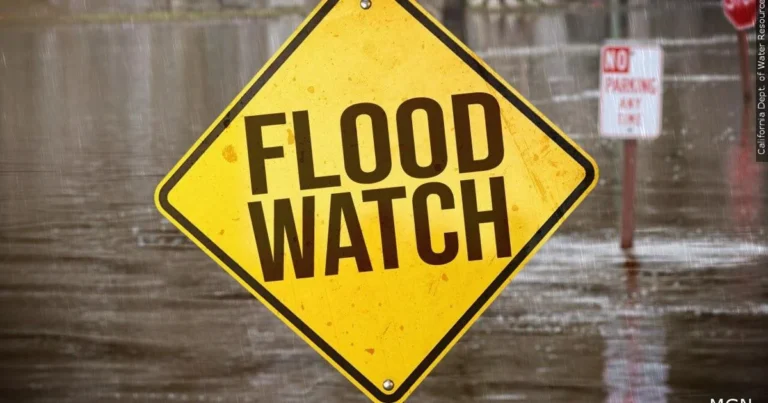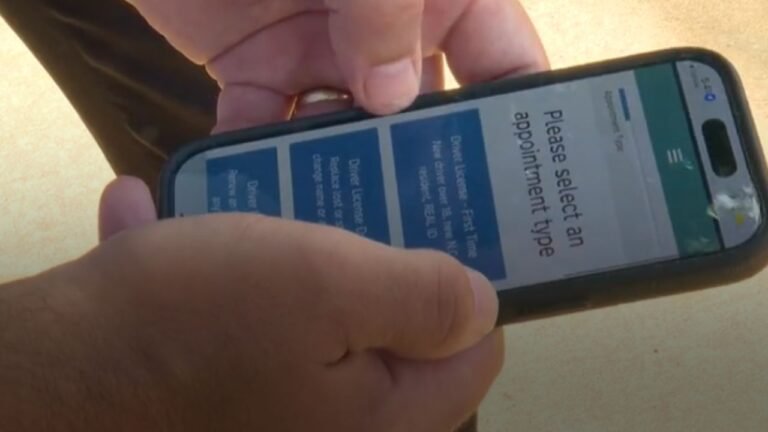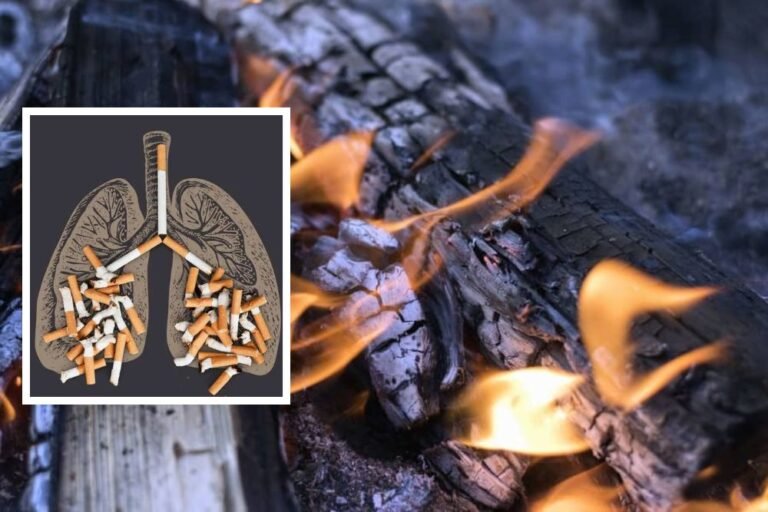Coastal Flooding: Rising Sewage Spills Threaten Communities From Savannah to Brunswick
SAVANNAH, Ga. — Coastal Georgia communities are grappling with a troubling side effect of repeated flooding: sewage spills that contaminate waterways, soil, and even private wells.
Spills on the Rise in Savannah and Tybee
Savannah city records show that 12 of 13 sewer spills this year occurred within the first few rainy weeks of August, highlighting how vulnerable local systems have become. Shawn Rosenquist, assistant director of water resources planning and engineering, said the spills typically consist of stormwater, groundwater, and sewage. “Although the water is diluted, it is considered to be wastewater, in the sense that it’s not supposed to be spilled,” Rosenquist explained.
Tybee Island Mayor Brian West said just two summer rainstorms in July and August unleashed 35,000 gallons of sewage overflow, a recurring problem for flat, sea-level communities already stressed by rising groundwater.
Health Risks: Bacteria and Well Contamination
Testing by the Ogeechee Riverkeeper found E. coli levels spike following floods, with spills contributing between 1% and 30% of annual bacterial loads in the coastal watershed. Since 2022, state records confirm 285 private wells across eight coastal counties—including Bryan, Camden, Effingham, Glynn, Liberty, Long, McIntosh, and Chatham—tested positive for bacterial contamination. Roughly one-third contained fecal matter, suggesting direct intrusion from failing sewer or septic systems.
“When flooding occurs around a well, it is likely that the water will be contaminated with bacteria,” a University of Georgia field report noted.
Aging Infrastructure and Septic Failures
Experts warn that outdated sewer systems are increasingly unable to handle pressure. “We’re operating a 200-year-old machine,” Rosenquist said of Savannah’s patchwork system of terracotta, PVC, and steel pipes. On Tybee, cracked and leaking lines remain especially vulnerable to groundwater infiltration.
The problem isn’t limited to city sewers. Glynn County, home to Brunswick, has reported the highest levels of coliform contamination since 2022, with failing septic tanks blamed for leaking into the soil during heavy rains. Brunswick’s low-lying downtown, one of the lowest points in the county, funnels runoff into marshes and shallow aquifers.
Past Flooding Disasters
History shows even major treatment plants are not immune. After Hurricane Debby in 2024, more than 11 million gallons of partially treated wastewater spilled from Fort Stewart’s water pollution control plant in Liberty County. Within two weeks, seven private wells were contaminated, two of which tested positive for fecal matter.
Plans for Prevention
The Brunswick-Glynn County Joint Water and Sewer Commission has announced plans to use state grant funding to connect failing septic systems to the sewer grid. “We’re going to be taking samples to confirm that what we’re doing is eliminating fecal contamination from these failing septic tanks,” said Executive Director Andrew Burroughs.
A Growing Coastal Challenge
With sea levels rising, groundwater creeping closer to the surface, and extreme rainfall becoming more frequent, coastal Georgia’s wastewater systems remain under intense strain. For residents from Savannah to Brunswick, the “brown side” of flooding has become a visible and unsettling reminder of the region’s environmental challenges.
Have you experienced flooding-related water contamination in your community? Share your story with us at SaludaStandard-Sentinel.com.







